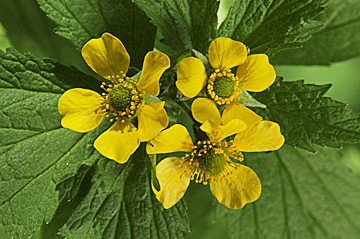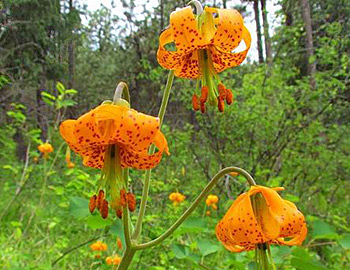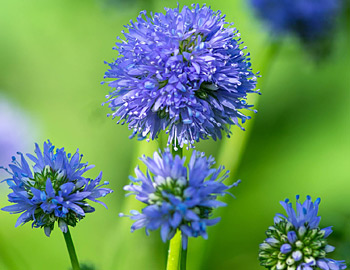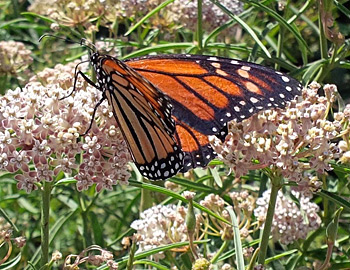HABITAT ZONES
DESCRIPTION
These habitat zones represent where single species or blends would
thrive when planted by homeowners.
Example: Shady sites are
like the Coast Range forest, wet places are wetlands /pools/
streambanks which may have moving or still water where seeds would
be planted.
Some people have rocky sites. Some sites face
west in the summer and are hot, dry, and would resemble roadside
cut-banks and disturbed sites. Ecotone species are at the edge of
a stand of trees as it transitions to open meadows/prairies.
Landscapes always have a combination of conditions with one or
several conditions being the determinant for species selections.
1. Wet prairies covered large areas of the
Willamette Valley where they were maintained by a combination of
wet soil and regular burning.
2. Vernal
means Spring. Vernal pools are a component of wet prairies
characterized by freshwater inundation for much of the winter and
spring, followed by summer drought. This habitat found in isolated
small depressions with no inflow or outflow, and a restrictive
subsurface soil layer (clay or bedrock).
3. Oak
stands and prairies: This valley habitat comprises
varying patches of open grasslands often associated with
low-density tree cover (5-30%) over much of the Willamette Valley.
It occurs on well-drained soils and was maintained by the Native
American practice of setting frequent low-intensity fires. With
fire suppression or in abandoned pastures, many such areas have
reverted to forest.
4. Rock outcroppings:
Rock outcroppings occur in the driest environmental settings that
support continuous vegetation due to shallow soil and west-facing
aspect: generally south- to west-facing slopes on shallow or
sandy/gravelly soils. They typically occur as isolated sites
within a forest in the valley or foothills of the Coast Range.
 Coast
Range: Inside-out flower, Western Trillium.
Coast
Range: Inside-out flower, Western Trillium.
 Moist
streambanks: Monkeyflower, Riverbank lupine, Stream violet.
Moist
streambanks: Monkeyflower, Riverbank lupine, Stream violet.
 Oak
stands and prairies: Pacific hound’s tongue, Camas,
Oak
stands and prairies: Pacific hound’s tongue, Camas,
 Ecotone
(transition from woods to open)
Ecotone
(transition from woods to open)
 Wetland
meadows: Camas,
Wetland
meadows: Camas,
 Vernal
pools:
Vernal
pools:
 Rock
outcroppings:
Rock
outcroppings:
 Roadside
cutbanks and disturbed sites: Clarkia
Roadside
cutbanks and disturbed sites: Clarkia





